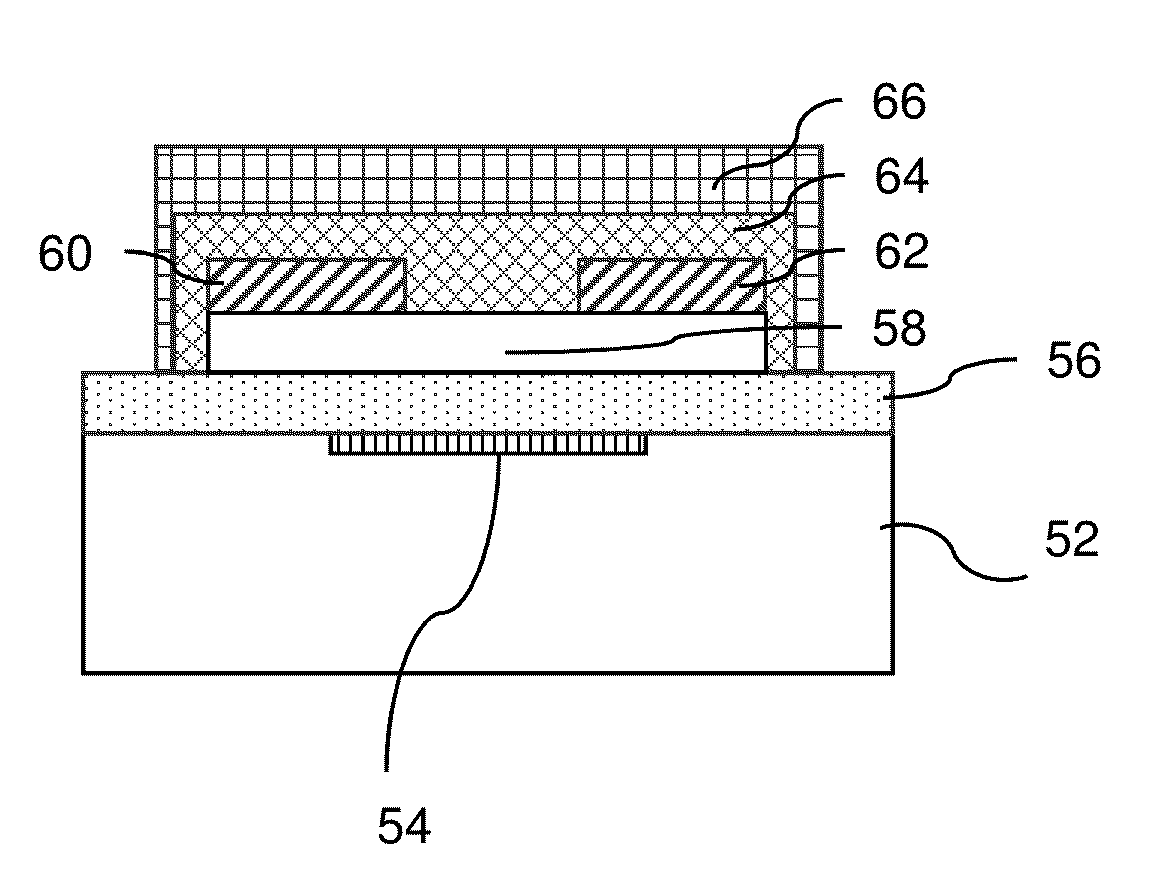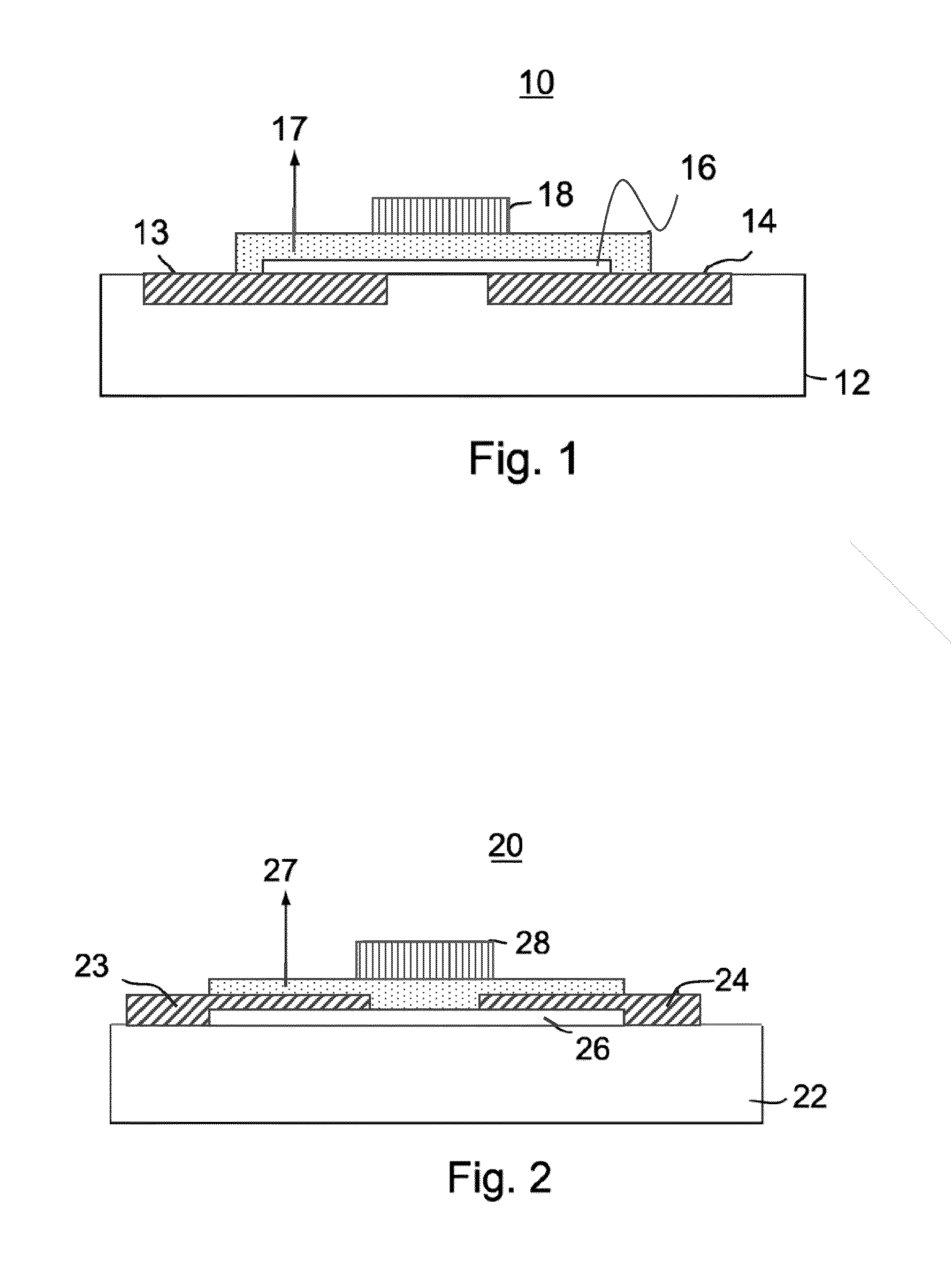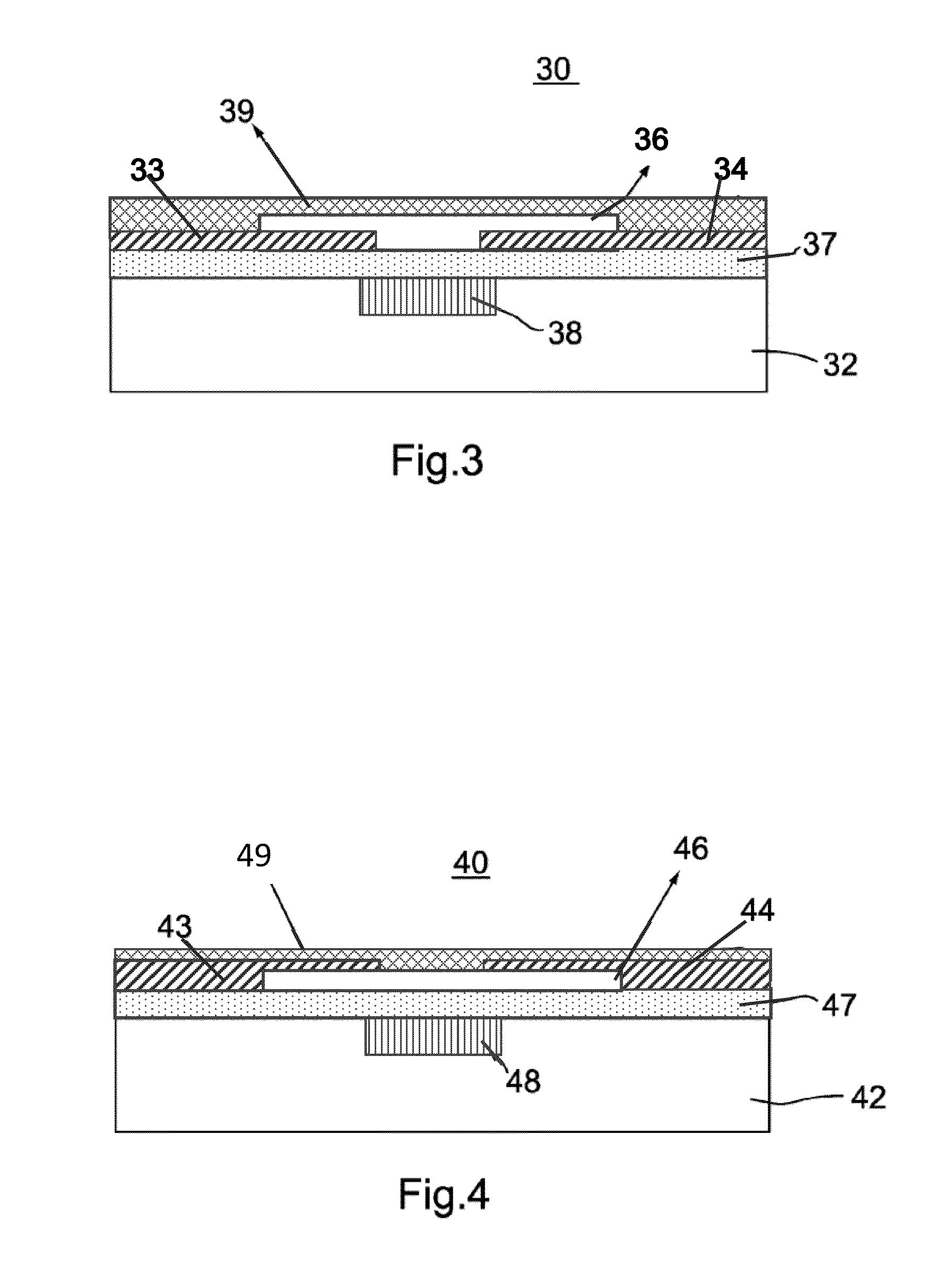Stable metal-oxide thin film transistor and method of making
a thin film transistor and metal oxide technology, applied in the direction of transistors, semiconductor devices, electrical appliances, etc., can solve the problems of oxides with large crystalline grains, current dilemma or trade, and the inability to stabilize metal oxide semiconductors, so as to improve stability, improve the effect of stability and good control of oxygen vacancies
- Summary
- Abstract
- Description
- Claims
- Application Information
AI Technical Summary
Benefits of technology
Problems solved by technology
Method used
Image
Examples
Embodiment Construction
[0031]Turning now to FIG. 1, a simplified layer diagram of one embodiment of a TFT 10, in accordance with the present invention, is illustrated. TFT 10 includes a substrate 12, which may be a flexible material, such as plastic, stainless-steel, or any other convenient material, such as glass, etc. A source 13 and a drain 14 are formed in or on (hereinafter generically referred to as “on”) the upper surface of substrate 12 in a spaced apart orientation using any well-known method. A metal oxide semiconductor film 16 is formed in partial overlying relationship to both source 13 and drain 14 and the space therebetween. It will be understood that metal oxide semiconductor film 16 is the active layer that conducts carriers between the source / drain components. In a preferred embodiment, metal oxide layer 16 is less than 100 nm thick and preferably less than 50 nm. A thin gate dielectric layer 17 is formed in overlying relationship to metal oxide film 16 and a gate stack 18 is positioned o...
PUM
 Login to View More
Login to View More Abstract
Description
Claims
Application Information
 Login to View More
Login to View More - R&D
- Intellectual Property
- Life Sciences
- Materials
- Tech Scout
- Unparalleled Data Quality
- Higher Quality Content
- 60% Fewer Hallucinations
Browse by: Latest US Patents, China's latest patents, Technical Efficacy Thesaurus, Application Domain, Technology Topic, Popular Technical Reports.
© 2025 PatSnap. All rights reserved.Legal|Privacy policy|Modern Slavery Act Transparency Statement|Sitemap|About US| Contact US: help@patsnap.com



